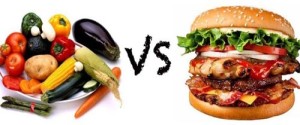Lucid dreaming is an art that has been practiced for ages. It’s a phenomenon that has come to be increasingly popular, but are these dreams beneficial to us humans?
What is it?
“Lucid dreaming is the experience of achieving conscious awareness of dreaming while still asleep. Lucid dreams are generally thought to arise from non-lucid dreams in REM sleep”
Lucid dreaming is the term used when the person dreaming is aware that they are dreaming, and has partial, or full control over their dreams. They can manipulate what happens in their dream, and control it with their mind.
This art takes a tremendous amount of practice and patience, sometimes ranging from 3 days to 3 months. Experts say that it’s worth it, to be totally in control of your dreams, and be able to turn your greatest fantasies into reality. Yes, you are even able to have sex with whomever you like, but it takes commitment, and a lot of hard work. The big question here is, are these dreams beneficial to us humans, and if not do these dreams have any side effects, or dangers?
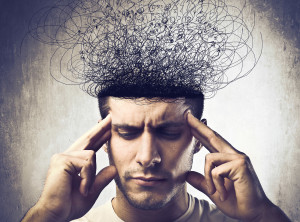
The Science
So whats the science behind lucid dreaming? Can anyone lucid dream? Does lucid dreaming become easier for different genders, races, or different ethnicities? “Lucid dreaming is a dissociated state with aspects of waking and dreaming combined in a way so as to suggest a specific alteration in brain physiology“. Romain Holzmann conducted an experiment on lucid dreaming. He experimented by taking 6 student volunteers that could “be trained to become lucid via pre-sleep autosuggestion.1–5 Subjects often succeed in becoming lucid when they tell themselves, before going to sleep, to recognize that they are dreaming by noticing the bizarre events of the dream“. He was able to indicate if the volunteers were in a lucid state by the tracings of “EEG and EMG”. These signals verified that the subjects were in a lucid state, giving the subjects control over their behavior in their dreams, and awareness that they were in a dream. “20 undergraduate students were tested over 4 months. Of the 20, 6 of them were able to have lucid dreams with proper training. These 6 students were later tested in the laboratory, and 3 of them were able to achieve lucidity. One of them was a male age 22, two of them were 23 year old females.¹” Holzmann claims that the gender, race, or ethnicity of the subject does not increase or decrease chances of having lucid dreams. The observation that was conducted had a small sample size, but its very hard to pick a random sample so the observation was limited to a small sample size. Achieving lucidity rests solely on the subject and how much they practice having lucid dreams.

Benefits
Almost all of us has a certain fear right? whether it be something as simple as the fear of spiders, or something more intense like the fear of heights, we all usually have one. In a lucid dream, you could jump out of an airplane at 20,000 feet, and soar through the sky at incredible speeds, and still be in your bed safe and sound. Is this safe? Yes, well at least Stephen LaBerge says so. Some mights say that this could be dangerous as one might believe he is in a lucid dream but actually he is in the real world attempting dangerous acts. But to master lucid dreaming, or even to start lucid dreaming, one must master the technique of knowing that they are dreaming.
Self-confidence is an important trait, but its not always as easy as it seems to acquire. Knowing that in the real world there could be negative outcomes for our actions. Knowing that we could be let down, knowing that there are dangers that we could face. All steer us away from being confident and brave. In a lucid dream, you control the outcome of your actions, you decide whether or not you are successful/brave. In lucid dreaming, one can go above and beyond their limits in the real world, and accomplish what they could never have in their everyday lives.

Fears, we all have them. Whether it be something as simple as the fear of spiders, or something more extreme like the fear heights. Lucid dreaming can help overcome them. In a lucid dream, one can be sky diving over the atlantic at 20,000 feet, yet still be safe and sound in their bed. Lucid dreaming helps us overcome our fears by facing them inside of our minds. Some might say that dreaming about our fears wont overcome them, but getting used to spiders crawl on your hands and repeatedly dreaming about them overtime will help you get used to them.
Lucid dreaming is also a solution to nightmares. Dreamers face their nightmares, and can control what happens in them.
Side Effects
There really aren’t any side effects to lucid dreaming. One of the only things that Stephen LaBerge advises is to not get too carried away with lucid dreaming. He says that some people devote too much time to lucid dreaming that they forget their real goals in life. Remember that everything that happens in a lucid dream, stays in your mind. Its important to not get too carried away with this experiment.
All in all, Lucid dreaming proves to have many great benefits, and no risks whatsoever. Stephen LaBerge still advises readers to experiment at their own safety, because lucid dreaming is partly controlling the human mind, and is advised to do so cautiously.
Citations
¹ Voss, Ursula, Romain Holzmann, Inka Tuin, and J. Allan Hobson. “Lucid Dreaming: A State of Consciousness with Features of Both Waking and Non-Lucid Dreaming.” Http://www.ncbi.nlm.nih.gov/. Associated Professional Sleep Societies, LLC, 1 Sept. 2009. Web. 08 Sept. 2015.
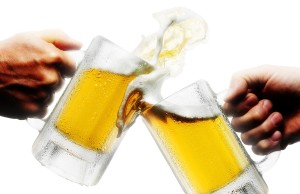





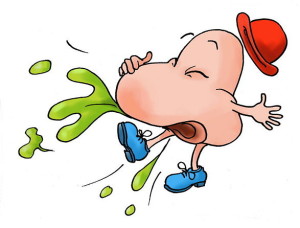
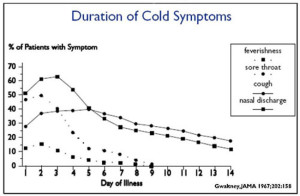














 for the 10,080 olympic athletes at the games. With such a large number of free rubbers, we can safely assume that athletes had a little extra physical activity during the games.
for the 10,080 olympic athletes at the games. With such a large number of free rubbers, we can safely assume that athletes had a little extra physical activity during the games. enafil and tadalafil) on erectile dysfunction found that although both drugs increased testosterone levels, lack of sexual activity was the greatest contributor to a
enafil and tadalafil) on erectile dysfunction found that although both drugs increased testosterone levels, lack of sexual activity was the greatest contributor to a
 alertness
alertness
 It’s all in the body language! Cats have an array of
It’s all in the body language! Cats have an array of  the tell-tell movement of its tail. (The
the tell-tell movement of its tail. (The 












